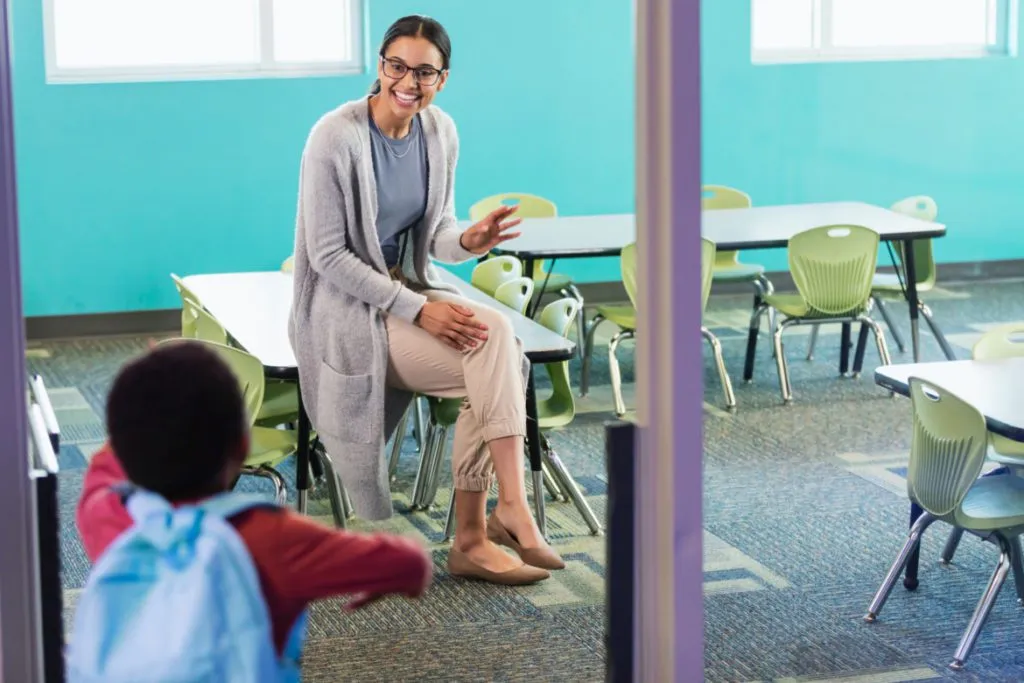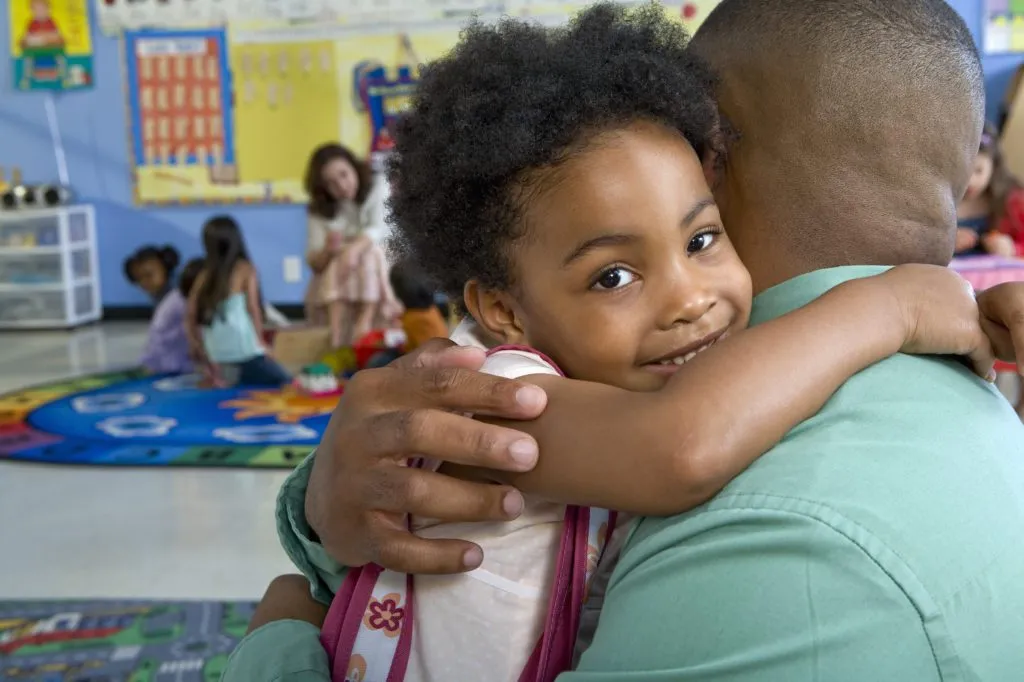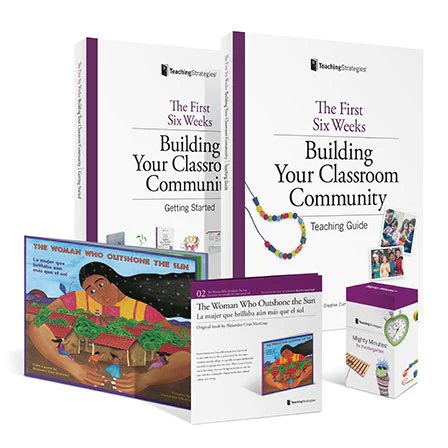The First Six Weeks of School: Learning Names and Making Friends
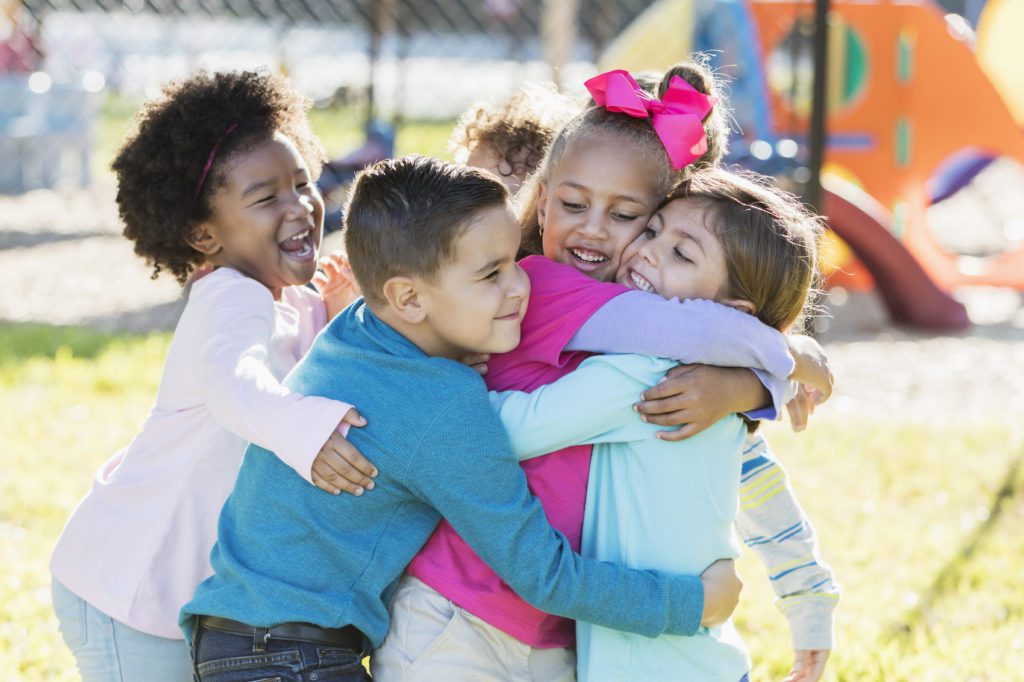
The Power of Friendship for Play and Learning
It’s back to school time, and educators everywhere are diligently preparing their classrooms to welcome their new students. Children are also getting ready for their first day of school: they are excited about their new backpack, their lunch box, and the new friends they will make.
When I was a new teacher, I arrived eager to have the children in my class “ready for kindergarten.” I assumed that learning names and making friends came naturally, without the need for me to plan targeted learning opportunities.
How wrong I was.
During the first day of school, I asked the children to repeat my name a couple of times. I thought that was sufficient for them to learn it until I heard the children calling me “teacher” and children calling each other “that kid.” I saw many children having difficulty entering groups successfully and sustaining positive interactions.
I realized then that children need to learn how to make friends in school. Research shows us that successful peer relationships are an essential part of social competence, and that such relationships affect children’s adjustment to school, academic success, and mental health (Berk, 2006). I immediately changed my learning content agenda and went back to incorporate all the Daily Resources in The Creative Curriculumthat support social–emotional learning.
The most important skills that children need to develop for successful peer relationships and friendships are that they must know how to establish contact with another child and how to maintain a positive relationship and negotiate conflicts (Kostelnik et al., 2009). During the first days of school in particular, prepare learning activities that can encourage children to learn their teachers’ and peers’ names. This will help the children make contact, smile, and offer ideas during play time and small groups.
How are you getting to know each child so you can help them make friends?
Teachers on The Hub have recently been discussing their experiences with helping children build strong relationships with each other. Today, we are highlighting some of our favorite ideas that our teacher colleagues shared this week.
It is vital for the teachers and children to build positive and trusting relationships with each other. From day 1, we emphasize that when we are together, we are a “FAMILY”. We talk about how important respect, love, friendship… is in a family. I have the word FAMILY in a frame on the wall, in the calm down area, low enough for the children to reach. As children bring in their family photos, we place each in a plastic frame and hang it around the edge of the frame. The children can take their framed picture whenever they feel the need, especially when in the “calm down area”.
Colette V., New Jersey
The way I help my children in class make friends is by first learning their personalities. When two children are having a hard time communicating, we observe the behavior for a short period of time, to see if they can work it out without us having to interfere.
Tisha T, Alabama
I reflect on the skills that are needed for making friends…I model making friends, joining into groups, etc…Making friends sounds so easy and if we think through the necessary social-emotional and language skills, we can reflect and assist children so that every child has a friend.
Terry B., North Carolina
Connecting with and getting to know children and observing them is the first step. For some children, its natural for them to talk with their peers, others need support. I believe in the power of giving children words. By observing them you get to see what their interest are and/or what children they tend to gravitate to and/or parallel play next to. You can begin to set up small group experiences based on their interest with other peers or simply walk over and say, ‘I noticed you looking at your friends. Let’s go join them.’ and then model that conversation for entering the group and continue to assist them and support as needed.
Catherine B., Georgia
I came up with a hand motion poem that I adapted from the Mighty Minute 49 “A Tree My Size” called “A Friend Who is Kind” to encourage kindness in the classroom.
Shannon K., NC
The First Six Weeks: Building Your Classroom Community Teaching Guide can also help support your use of the daily resources as you work towards helping children establish friendships. I’ve pulled a few examples that I find especially helpful in teaching this important skill.
- Have discussions about making friends, including how to be a good friend and what to expect during the first days of school. Reading books on the topic of friendship can be a great starting point for these conversations.
- Observe the children as they interact in order to identify who might be having difficulties entering groups or maintaining play through disagreements. Help these children by modeling language for asking questions, offering trades, and taking turns with materials. Teach the children how to negotiate conflicts by listening to another’s point of view and working on solutions to problems.
- Be intentional in your support of children’s developing friendships. For example, you might pair children who don’t usually play together to help you to set up an activity, and they later may play together spontaneously, creating a more productive classroom community.
Every child and every community are unique, and the way that they build relationships with each other will vary from school to school and from child to child. The effort that you put into building relationships with children and families will support strong relationships throughout the rest of the school year.
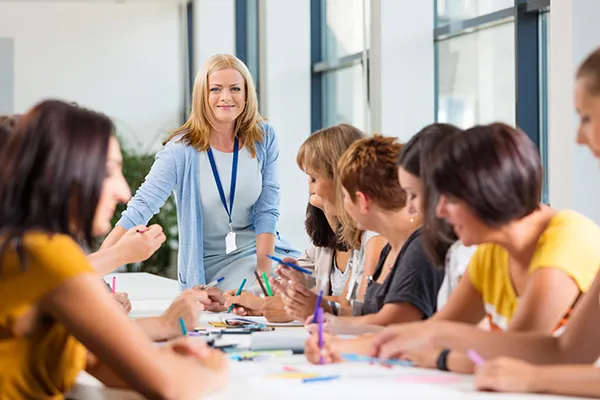
Interested in joining the conversation?
Teachers with access to the Teaching Strategies platform can join conversations with other educators in The Hub’s First Six Weeks Forum.
About the Author: Jenny Cabrera-Grande
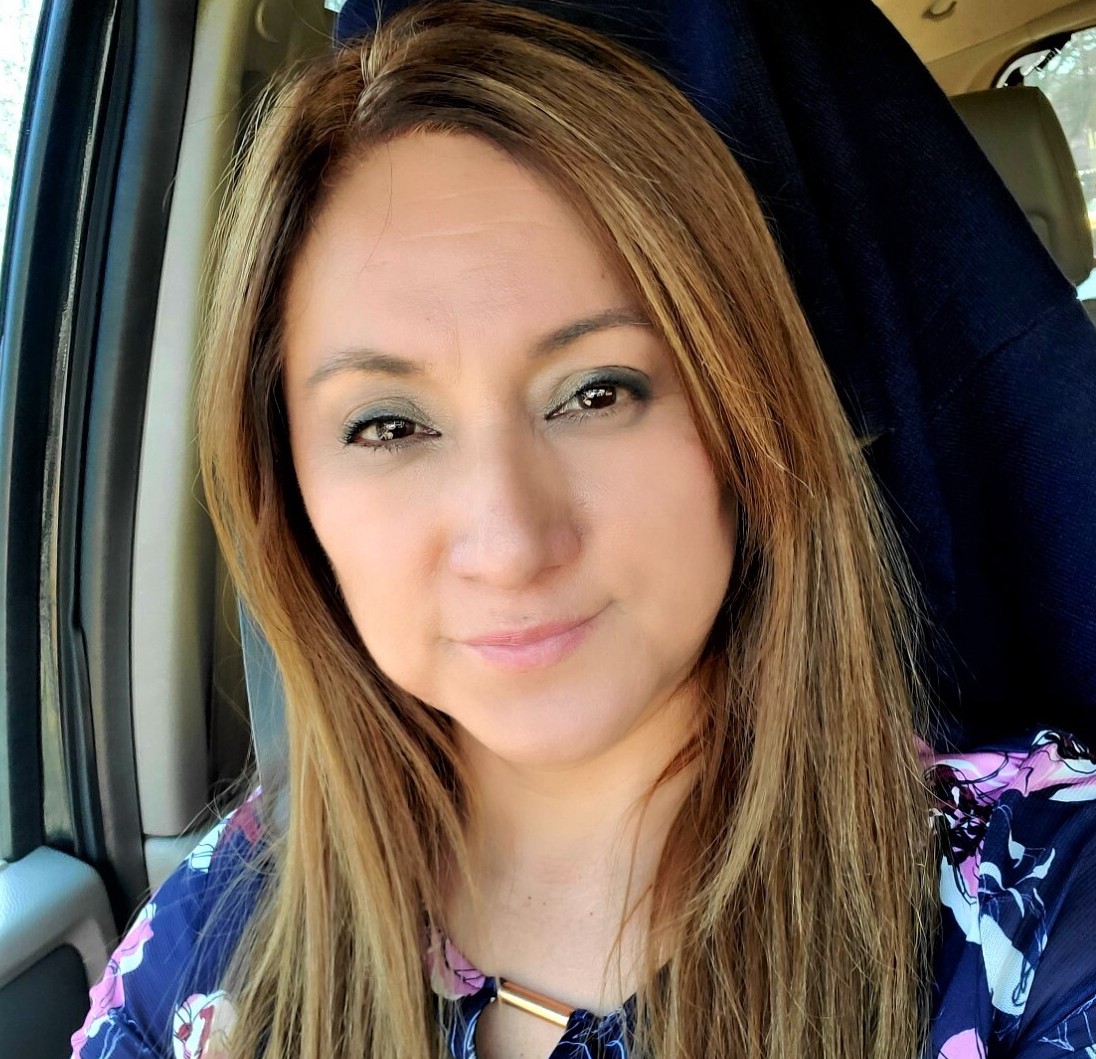
Jenny has worked as an early childhood educator for the past 25 years, teaching infants, toddlers, twos, and preschool-age children. Currently, she works in the state of New Jersey coaching infants, toddlers, twos, preschool, and family child care educators to promote high-quality care. She also serves as a Subject Matter Expert on The Hub. Jenny holds a Bachelor’s Degree in Early Childhood Education from Kean University.
–
1. Berk, L.E. (2006). Looking at kindergarten. In D.F. Gullo (Ed.), K today: Teaching and learning in the kindergarten year (pp. 11–25). Washington, DC: National Association for the Education of Young Children.
2. Kostelnik, M.J., Whiren, A.P., Soderman, A.K., & Gregory, K.M. (2009). Guiding children’s social development. Clifton Park, NY: Delmar.
